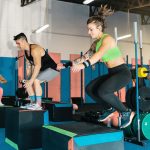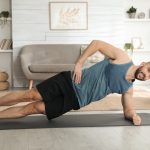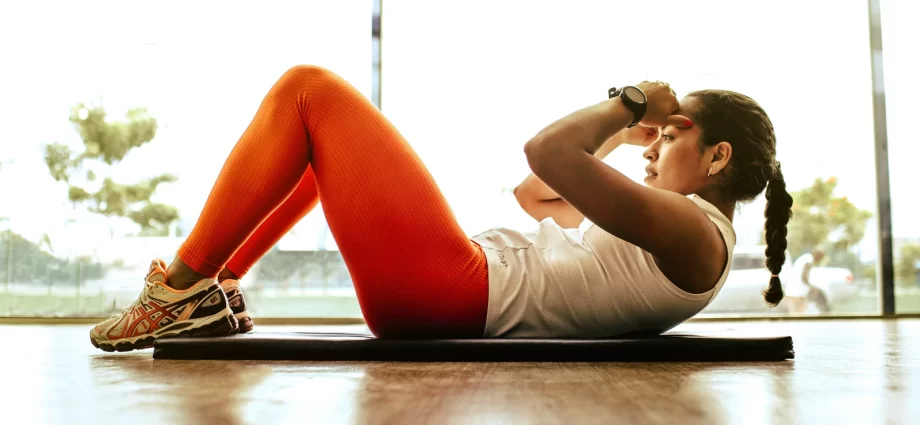Physical fitness refers to your body’s ability to do daily activities. This is usually achieved through exercise and proper nutrition. Basically, a person who has good physical fitness will be able to function well in their daily life, and also have a high sense of well-being.
Endurance
Endurance is the body’s ability to perform an activity for an extended period of time without getting tired. It includes aerobic and muscular endurance.
An individual’s VO2max (the maximum oxygen consumption rate) is a determining factor of endurance. VO2max is dependent on genetics, and differs with different training durations.
Aerobic exercise improves cardiovascular health and helps to lower the risk of many diseases. It also improves the flow of blood and lowers the resting heart rate.
Endurance training involves consistent practice. It also helps build up the muscles to support long-term, sustained physical activities.
The most important component of total fitness is aerobic exercise. This includes running, swimming, and cycling. Those who are sedentary should start slowly. Aim to do aerobic exercises for about 30 minutes each day.
Aerobic
Aerobic fitness is the ability of an individual to maintain a certain level of physical fitness. It is a result of exercise training, habitual physical activity, and sport participation. In order to obtain aerobic fitness, an athlete should perform aerobic activities in a structured program that varies in intensity.
Aerobic exercises help the body use oxygen more efficiently, resulting in better health. Aerobic fitness is also associated with improved cognitive function and lower blood pressure.
Aerobic activities include running, bicycling, dancing, and swimming. They can be as easy as walking, or more difficult. The benefits of aerobic exercise include increased strength, better circulation, lower blood pressure, and decreased inflammation. Increasing fitness through aerobic activities can improve quality of life for people of all ages and physical abilities.
Resistance training
Resistance training is a great way to build lean muscle mass, and boost your metabolic rate. It can also help you to fight osteoporosis. You can do this by using barbells, dumbbells, sandbags, and even cans of beans.
Whether you’re an athlete or just looking to get in shape, resistance training is a good idea. Not only does it improve your fitness, but it can also make you feel better about yourself.
You don’t need to spend a fortune on gym memberships to do resistance training. You can find equipment almost anywhere. Some gyms are open 24 hours a day, so you can get a workout in whenever you want.
A good way to start is with a workout plan. Use a little bit of weight and do a few repetitions of each exercise. Doing this can lead to the best results.
Flexibility
Flexibility is an important component of physical fitness, and it is also a necessary part of everyday activities. However, the link between flexibility and health is not clear. This report reviews the literature on the relationship between flexibility and health. It also examines the validity and reliability of tests and provides recommendations on the use of flexibility test items in educational settings.
Despite its importance, there have been few studies examining the relationship between flexibility and health. These studies have mostly been conducted in adults. The quality of research was not necessarily optimal. Some studies had problems with design, and data were insufficient to assess potential modifiers. In addition, the general population varies widely, making it difficult to draw general conclusions.
As an integral part of health-related fitness, flexibility is often included in fitness test batteries. Fitness instructors, personal trainers, and medical doctors often claim that flexible muscles help people stay healthy.
Balance
Balance and physical fitness are important components of an active life. Whether you are an athlete, an amateur or just want to maintain your health, it’s vital to develop this important skill. The benefits of balance training include better muscle strength and flexibility, improved posture and gait, and reduced risk of injury.
Balance is a complex system that involves voluntary motor commands. It requires a large number of sensory inputs from the eyes, ears, and muscles of the limbs. In addition to improving a person’s physical performance, improving balance may also improve cognitive function.
A number of studies have shown that balance training is a valuable component of exercise for any age group. One study found that improving balance and physical fitness in older adults can lead to improvements in the quality of their lives.











